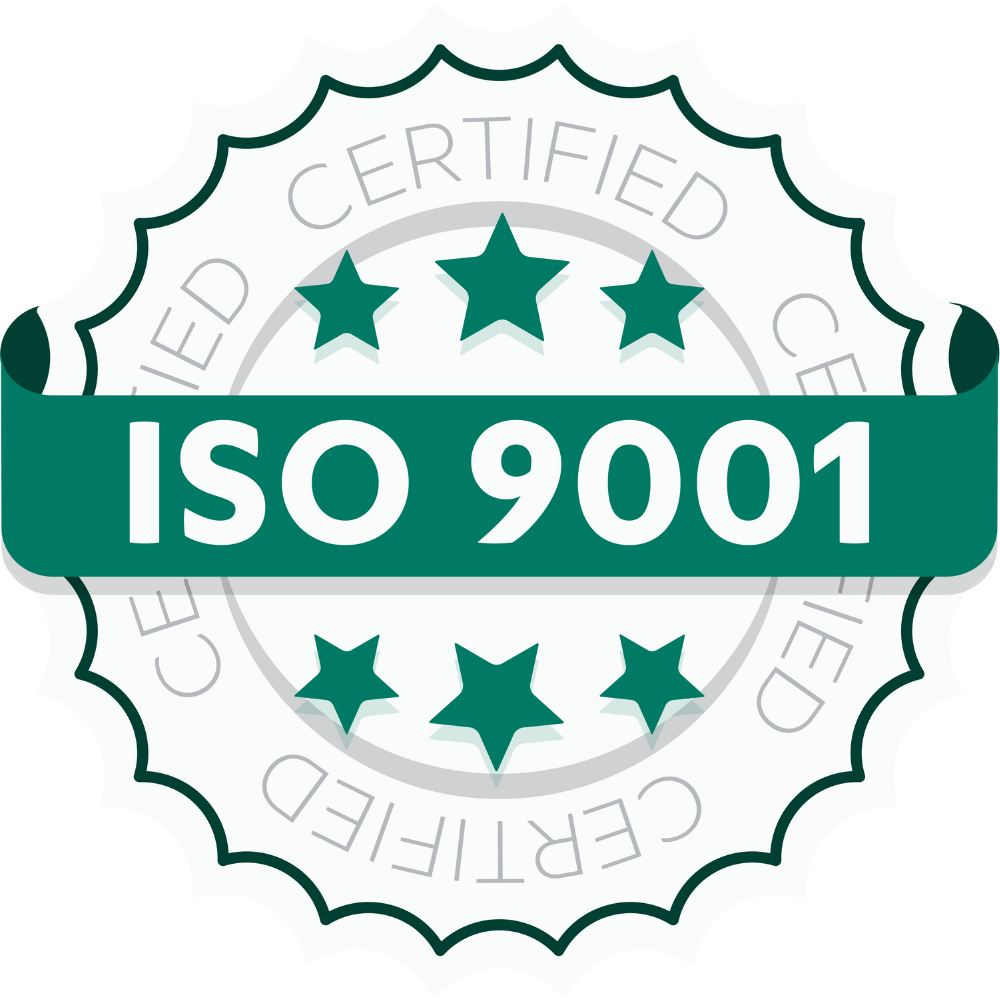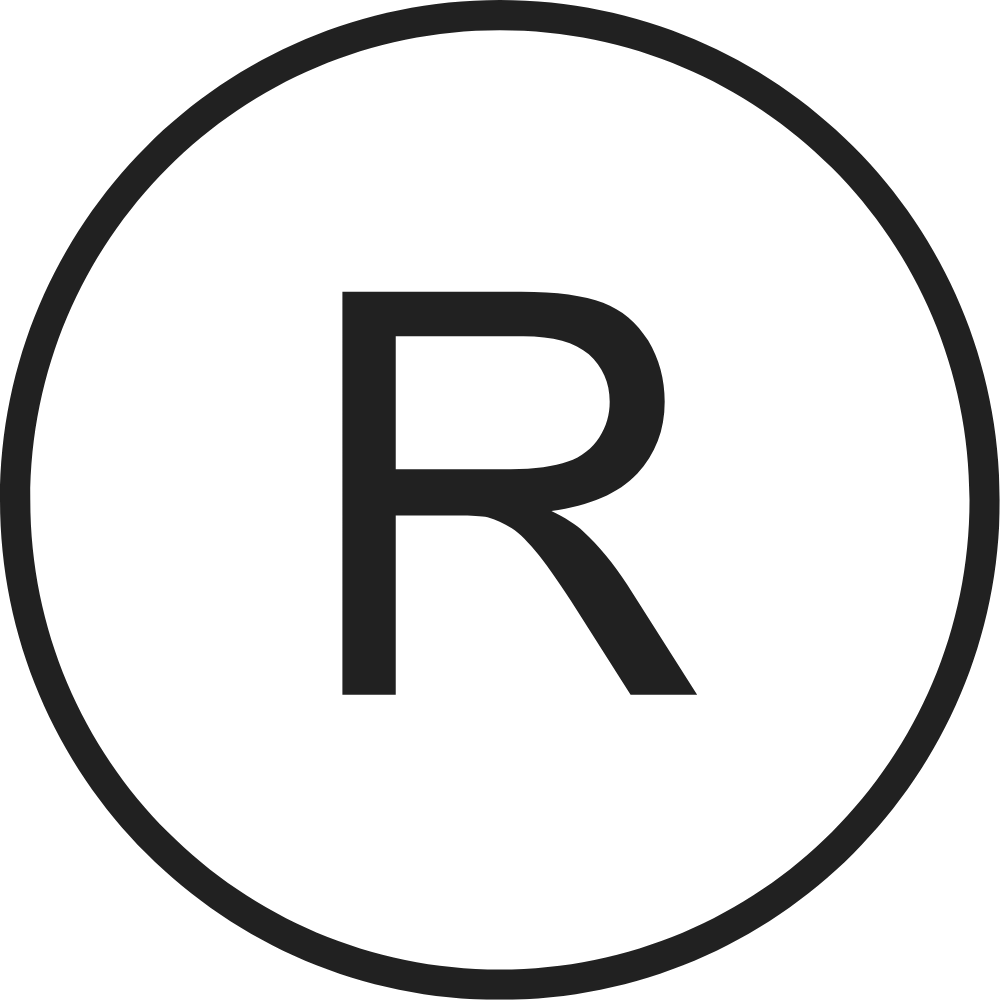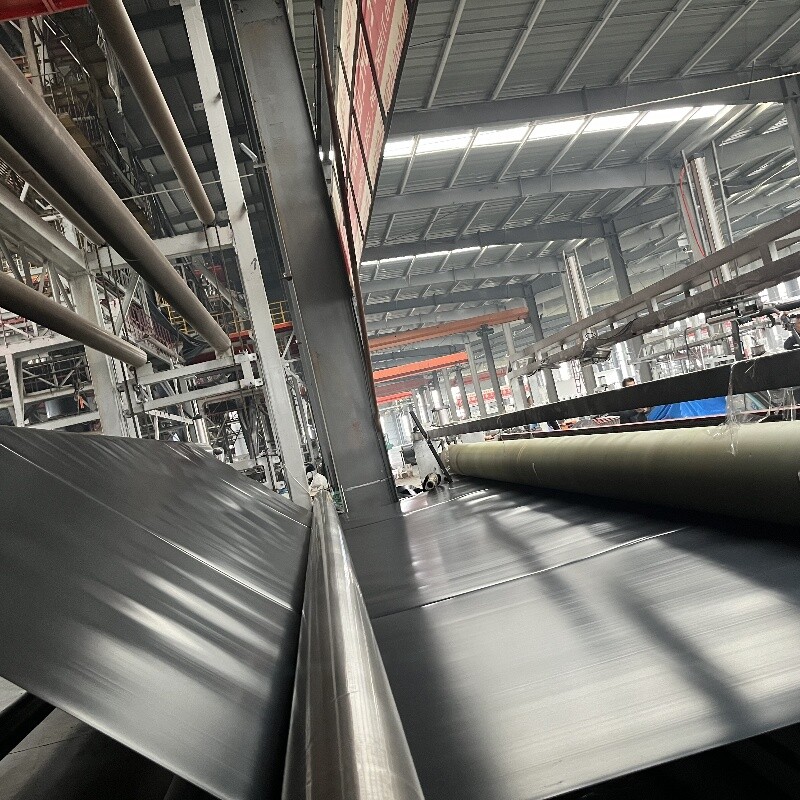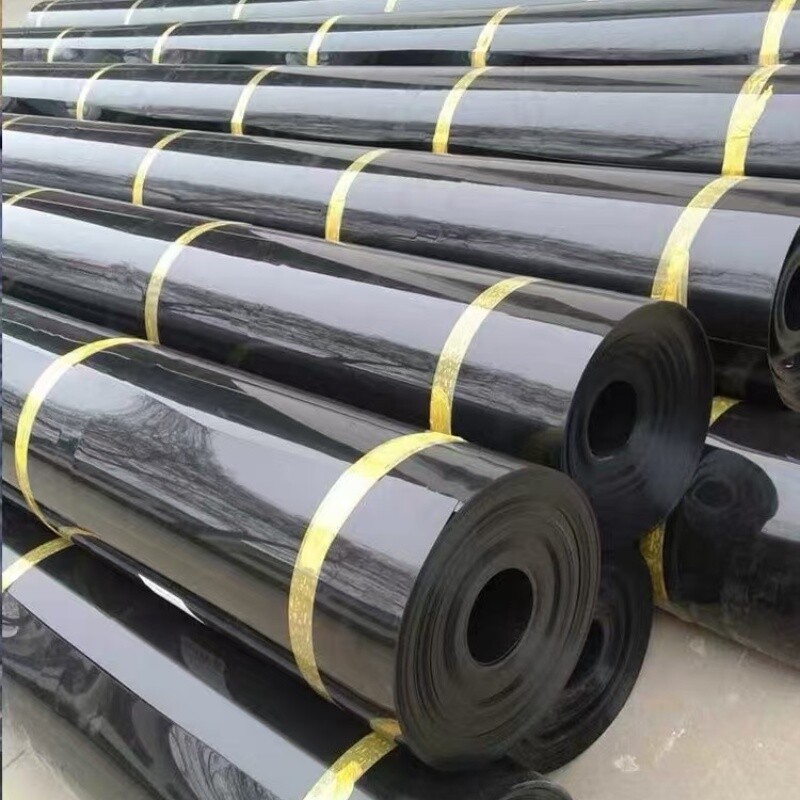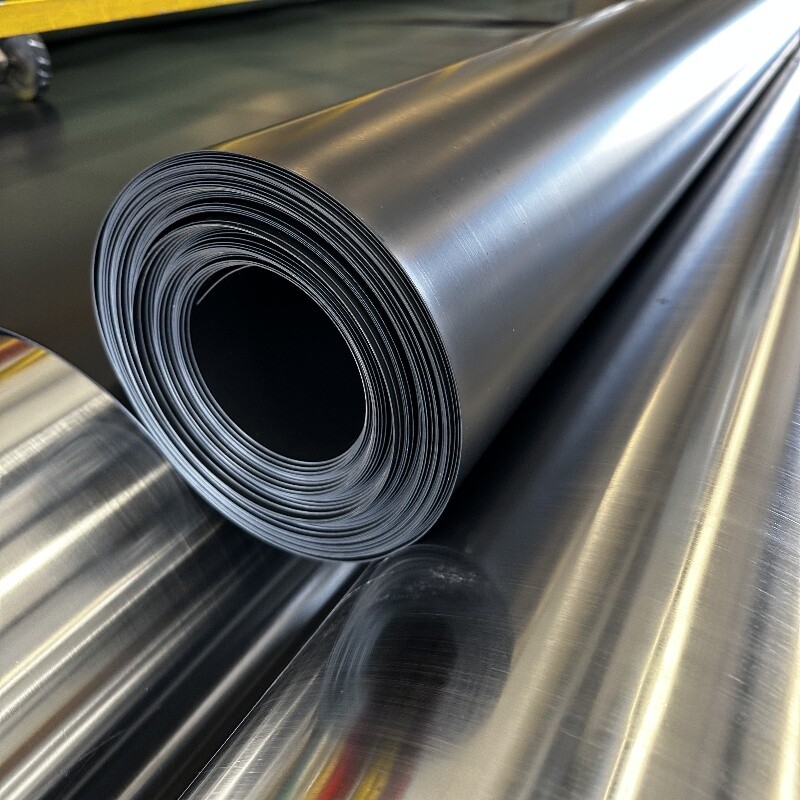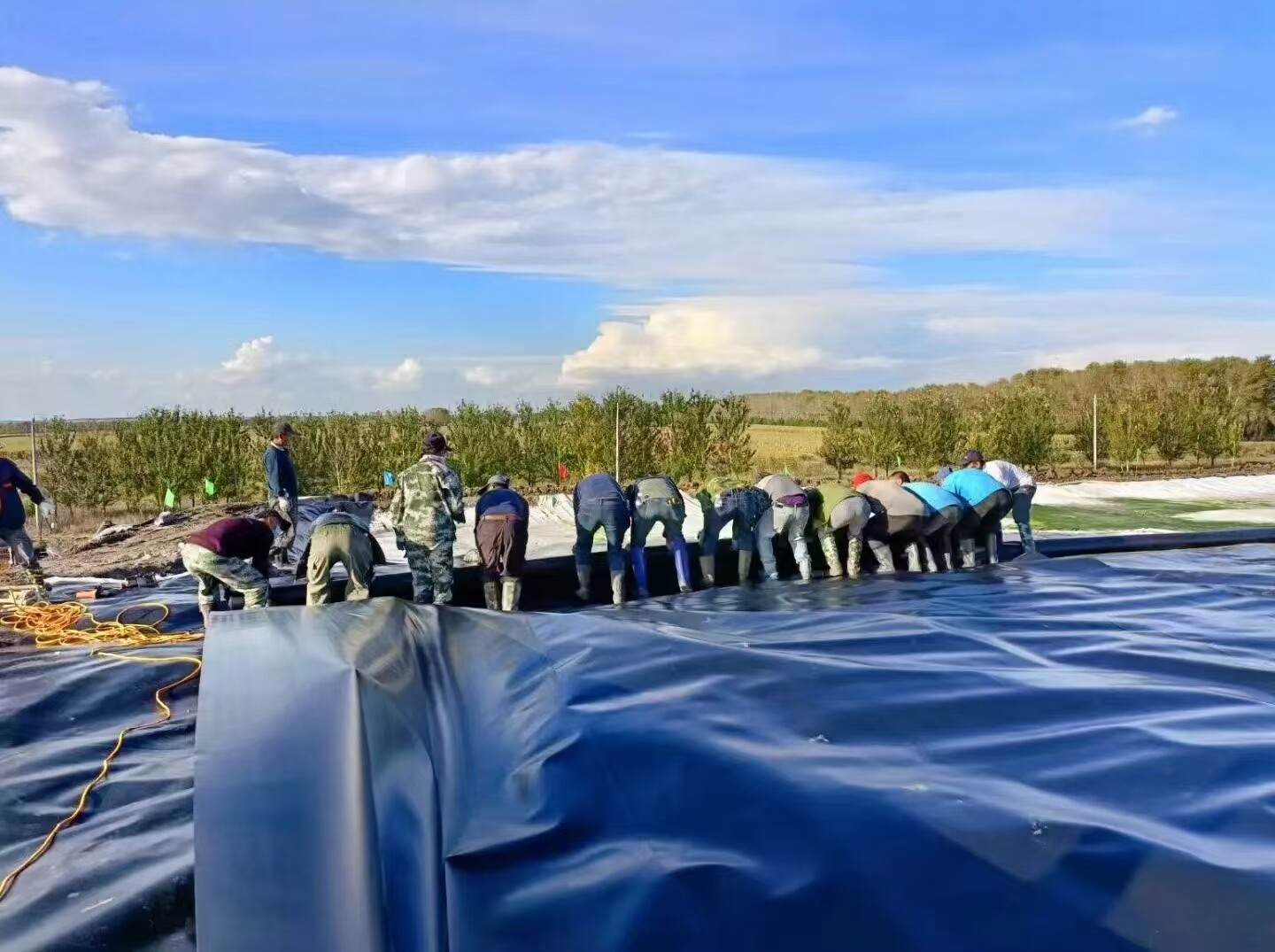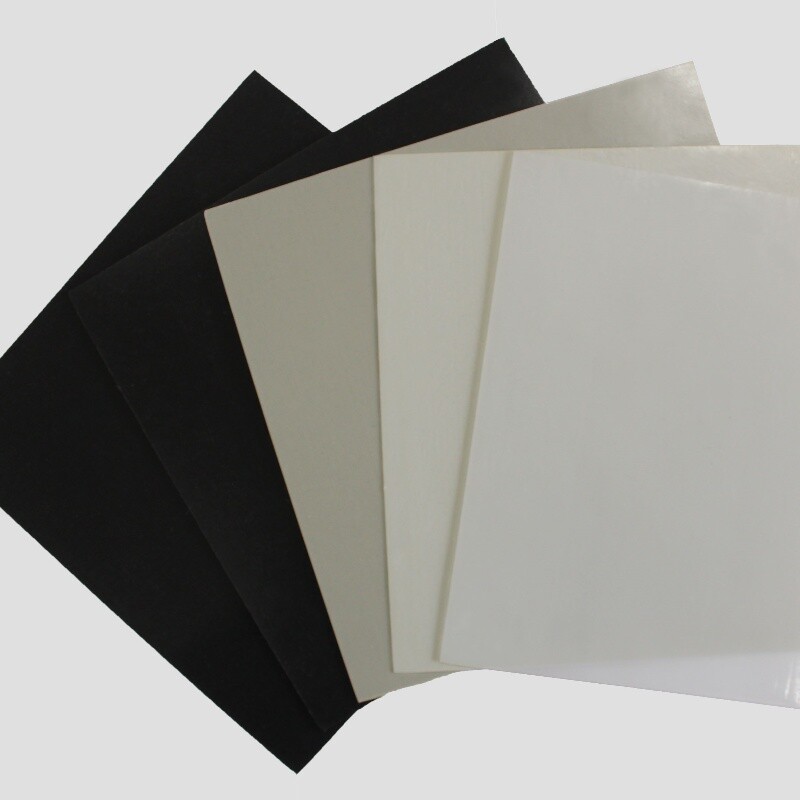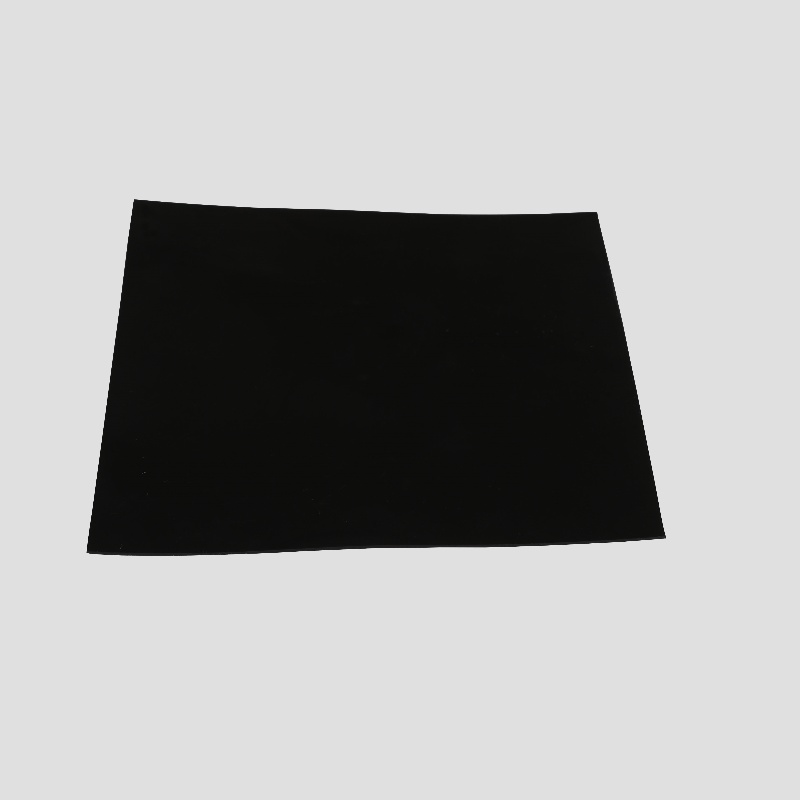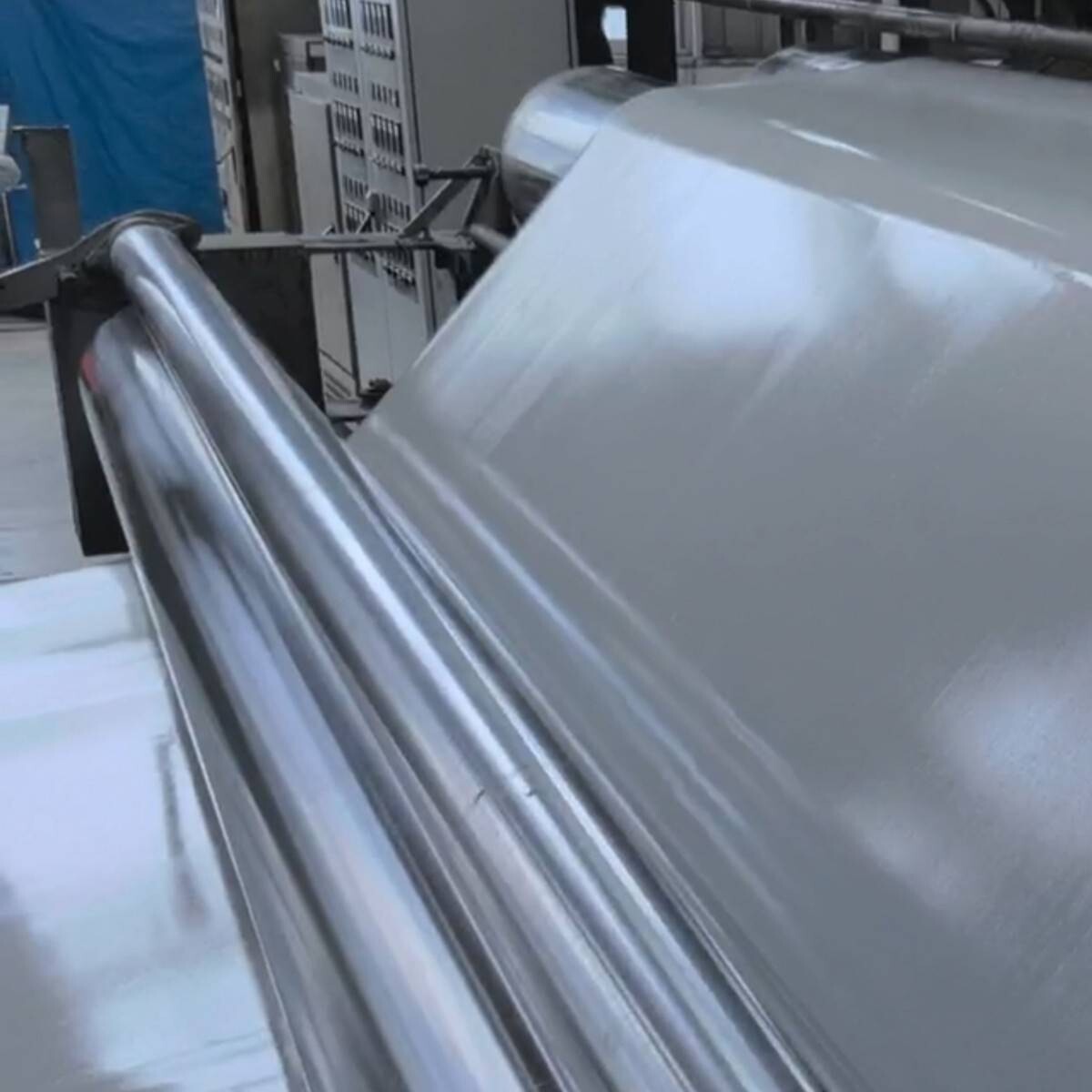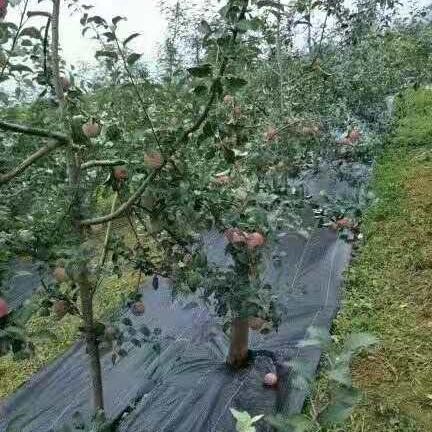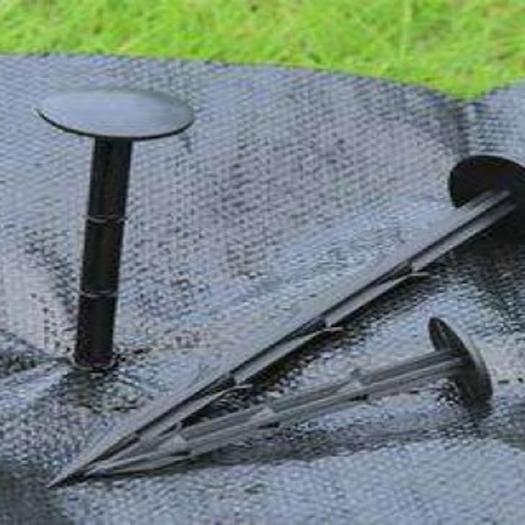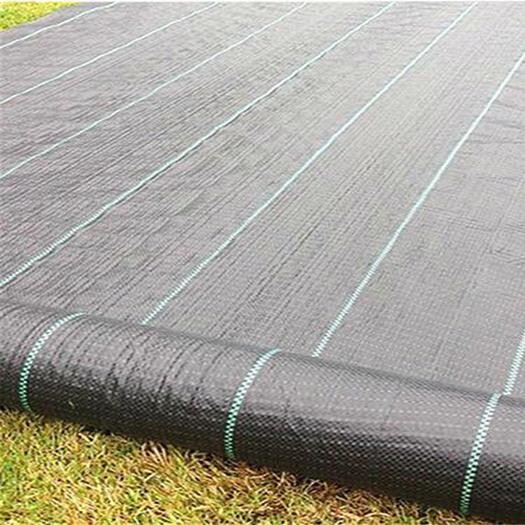Product Overview
The Smooth Geomembrane is a versatile geosynthetic material primarily composed of high-density polyethylene (HDPE), designed to provide an effective barrier for water, chemicals, and other materials in various civil engineering and environmental protection applications. Its smooth surface allows for easy installation and provides excellent containment of liquids, preventing leakage and contamination. The Smooth Geomembrane offers superior resistance to UV degradation, chemical attack, and extreme environmental conditions, ensuring long-term performance and durability. It is widely used in applications such as landfill liners, reservoirs, ponds, and other water containment systems, offering a reliable solution for environmental protection and containment needs.
Product Features
- Smooth Surface: The geomembrane features a smooth, non-textured surface that is ideal for applications where ease of installation and a flat surface are required.
- Chemical Resistance: The Smooth Geomembrane is highly resistant to a wide range of chemicals, including acids, alkalis, oils, and solvents, making it suitable for use in industrial, agricultural, and environmental applications.
- UV Resistance: The material is treated with UV stabilizers to ensure that it maintains its integrity and performance when exposed to sunlight for extended periods.
- Low Permeability: The smooth geomembrane offers an extremely low permeability (typically less than 1 x 10^-13 cm/s), preventing water, chemicals, or other liquids from passing through and protecting the surrounding environment.
- Durability: Made from HDPE or similar durable materials, the Smooth Geomembrane is designed to withstand harsh weather conditions, high temperatures, and mechanical stresses.
- Easy Installation: The smooth surface allows for easier handling, welding, and seaming, which simplifies the installation process compared to more textured membranes.
- Environmental Protection: Provides effective containment of hazardous or contaminating materials, ensuring that they do not leach into the environment, protecting groundwater and soil.
Product Specifications
- Material: High-Density Polyethylene (HDPE), known for its strength, chemical resistance, and environmental stability. Other materials, such as LLDPE (Linear Low-Density Polyethylene) or PVC, may also be available.
- Thickness: Available in thicknesses ranging from 0.5 mm to 3.0 mm, depending on the specific application and environmental requirements.
- Width: Standard roll widths typically range from 4 meters to 8 meters, but custom widths can be produced for large-scale projects.
- Length: Rolls generally come in lengths of 50 meters to 100 meters, with custom lengths available depending on project needs.
- Tensile Strength: Typically ranges from 15 to 35 MPa, offering superior strength and durability for various environmental and construction applications.
- Elongation at Break: Generally ranges from 10% to 15%, providing the flexibility needed for proper installation and preventing cracking or damage under stress.
- Permeability: Extremely low permeability (less than 1 x 10^-13 cm/s), making it an excellent barrier for water, chemicals, and other substances.
- Color: Typically black, which improves UV resistance and is commonly used in environmental and containment applications, but other colors may be available for specific needs.
Applications
- Landfill Liners: Ideal for use as a base liner and cap liner in landfill sites to prevent leachate and gas from contaminating surrounding soil and groundwater.
- Pond and Reservoir Liners: Used to line ponds, reservoirs, and other water containment systems, ensuring that water is contained without leakage or contamination.
- Water Containment: Effective in the containment of water for irrigation, agriculture, or industrial purposes, preventing evaporation or seepage.
- Wastewater Treatment: Applied in wastewater treatment plants and holding tanks to prevent the leakage of contaminants and provide reliable containment for sludge and effluent.
- Mining Applications: Used in mining operations for tailings ponds, heap leaching, and other containment solutions to prevent the release of hazardous materials into the environment.
- Construction Projects: Commonly used in civil engineering projects requiring water or chemical containment, such as canals, dikes, and embankments.
Construction Recommendations
Site Preparation: Ensure that the installation site is prepared properly by removing any sharp objects, rocks, or debris that could damage the geomembrane. The surface should be smooth and compacted to support the geomembrane during installation.
Installation Method: Unroll the Smooth Geomembrane gently and avoid any sharp bends or creases that could compromise the material. The geomembrane should be laid flat on the surface to avoid tension and to allow for proper seaming and welding.
Seam Welding: Use extrusion welding or hot wedge welding to join adjacent sheets of the geomembrane. Ensure proper welding techniques to create strong, continuous seams. Perform a quality check on all seams, such as air or vacuum testing, to ensure they are properly sealed.
Protection During Installation: To prevent punctures and tears, handle the geomembrane carefully during installation. Use protective fabrics or geotextile materials to shield the geomembrane from mechanical damage, especially in areas where heavy equipment may be used.
Backfilling and Covering: Once installed, cover the geomembrane with a protective layer such as soil or gravel. This helps to protect it from UV degradation, physical damage, and environmental stress. Ensure that backfilling is done gently and evenly to avoid unnecessary stress on the geomembrane.
Inspection and Maintenance: Conduct regular inspections to detect any damage, such as punctures, tears, or wear. If any issues are found, perform repairs immediately by welding or patching the damaged area. Routine inspections will ensure the geomembrane remains effective in its protective function.
FAQ
- What can you buy from HONGYUE?
Geogrid, Geomembrane, Geocell, Geotextile and other geosynthetic materials.
- What you can expect from HONGYUE?
Competent and knowledgeable technical engineers .
Customized service according to engineering requirements .
Complete solutions for product design, delivery and installation in construction projects .
Offer various complementary product portfolio and contract project.
- How can HONGYUE guarantee quality?Always a pre-production sample before mass production;
Always final Inspection before shipment - What is your sample policy?
We can provide the sample free, you just pay for the transportation freight then you can get 3-5 days.
- What is the services can HONGYUE provide?Accepted Delivery Terms: FOB,CFR,CIF,EXW,DDP,Express Delivery,and so on ;
Accepted Payment Currency:USD,CNY;Euro;and so on ;
Accepted Payment Type: T/T,L/C,MoneyGram,Credit Card,PayPal,Western Union,Cash - Are you manufacturer or trading company ?
We are a professional manufacturer
- How about your delivery time?The specific delivery time depends on the items and the quantity of your order.
Inquiry about this product
Related Recommendations
If there is no accurate search result, please contact us and we will respond within 24 hours.


